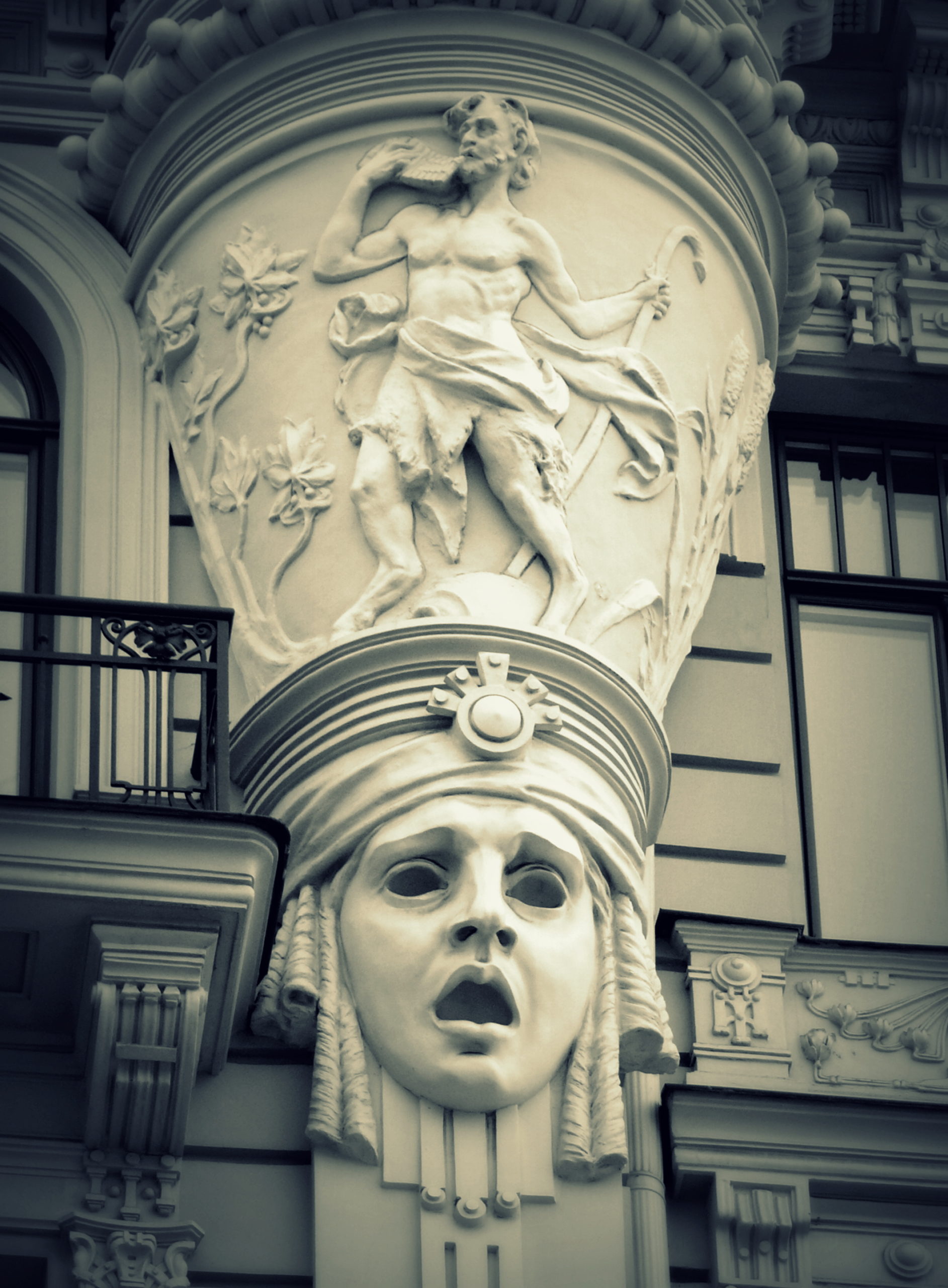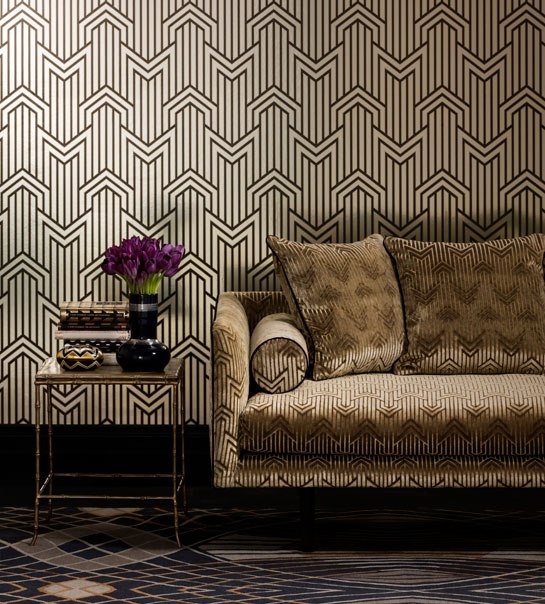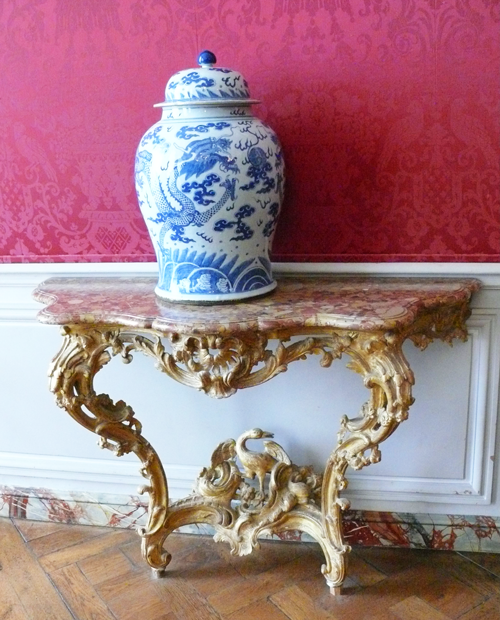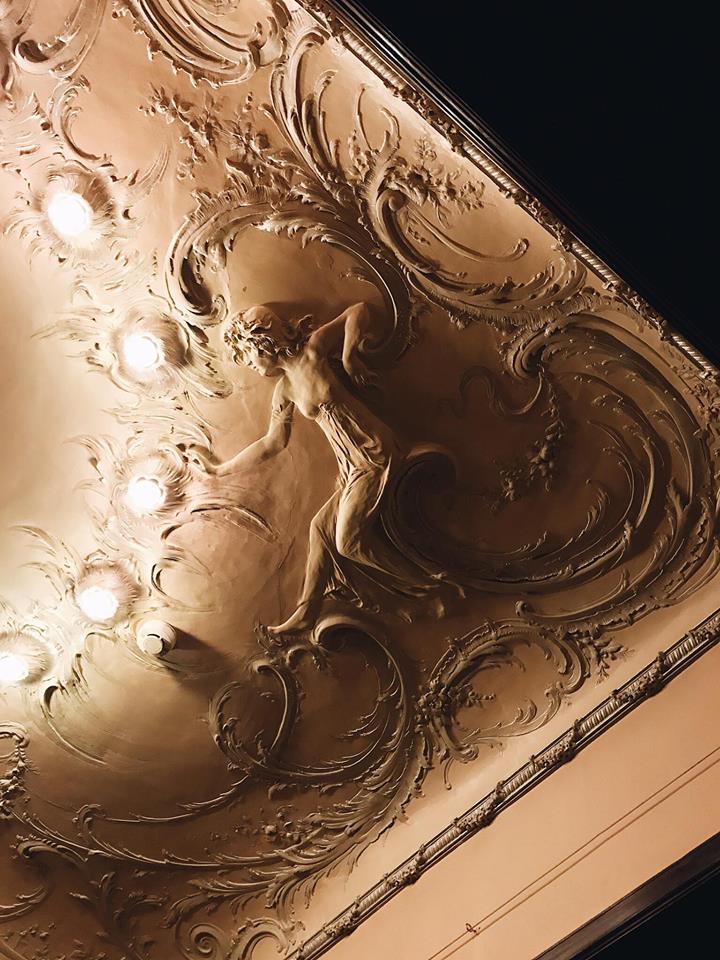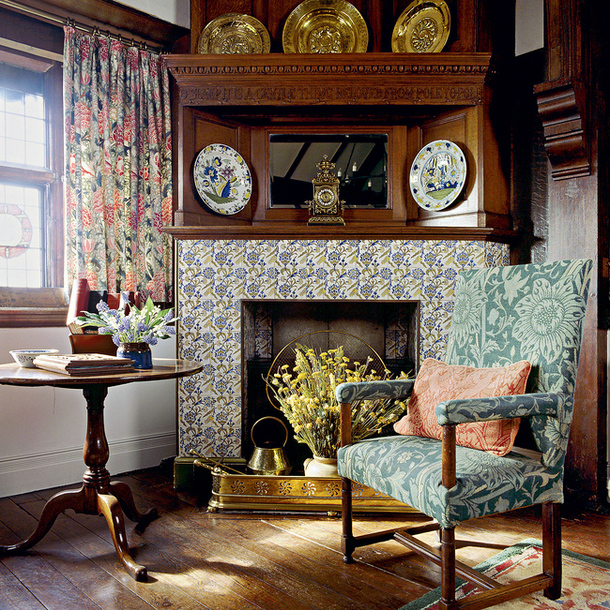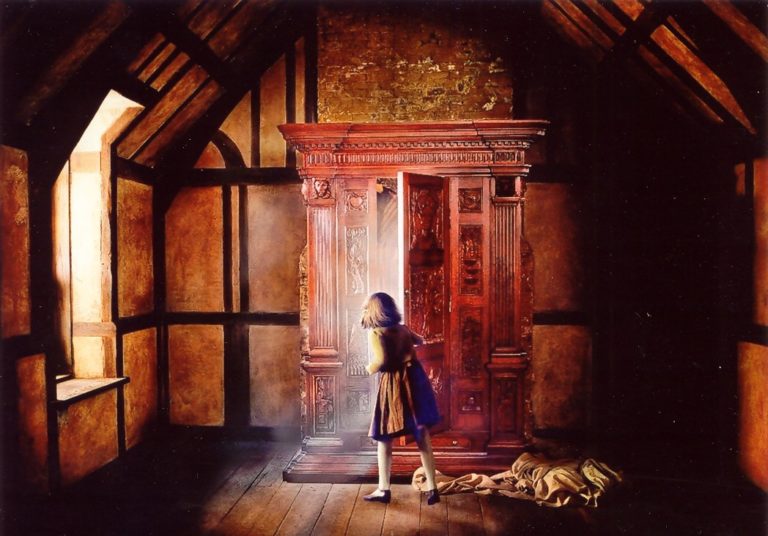Style at a glance: Queen Anne
HOW TO RECOGNIZE QUEEN ANNE FURNITURE STYLE
Queen Anne furniture style appeared right after William and Mary period and has inherited many features from it. However Queen Anne Style generally can be described as more elegant and refined. It is characterized by delicacy, moderate use of decorative elements and continuous curved lines. It also has some distinctive features which will help you to immediately recognize it:
1) Cabriole leg
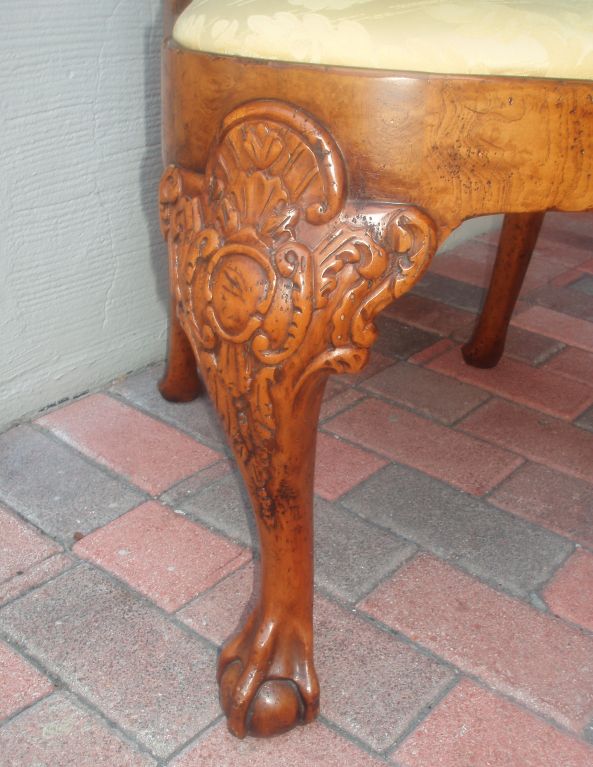
Cabriole leg (convex outside and concave inside) is one of the most recognizable elements of Queen Anne furniture. It was used for chairs, tables, dressers and other furniture. The end of cabriole leg was often made in the shape of claws and paws.
2) Pad feet
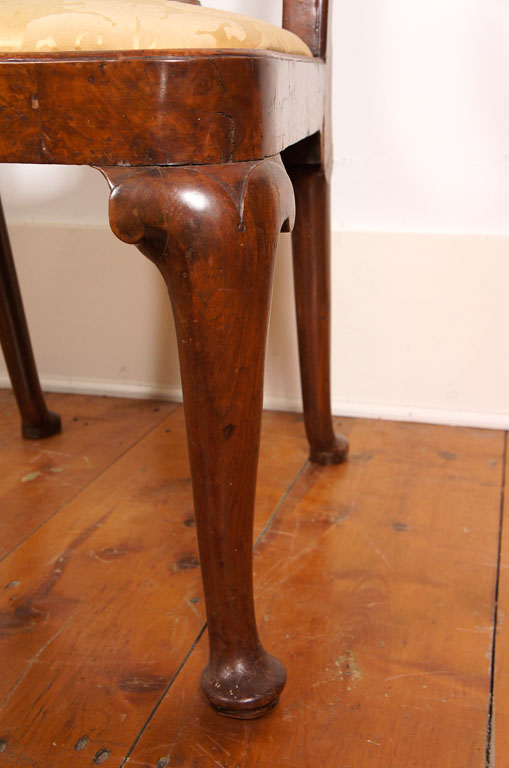
Pad foot (also known as Club foot) is a rounded pad at the end of a furniture leg. During the Queen Anne period it was a very often used ending of a cabriole leg.
3) Vasiform splat
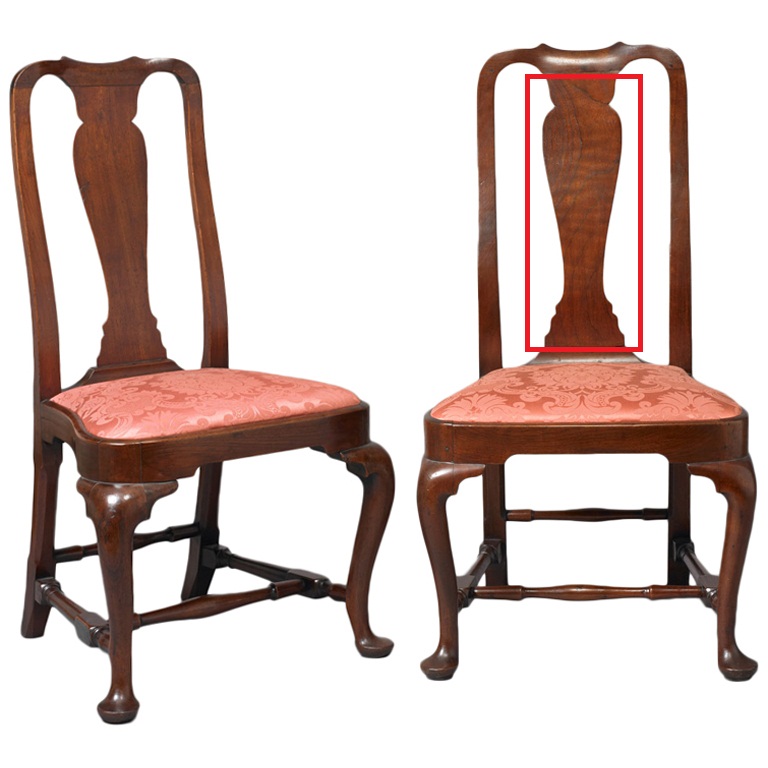
Chair splats were generally made in the shape of vase. They had a solid structure and moderate carving decoration. Chair seat shape resembled horseshoe.
4) Carved scallop shape motif

Carved scallop shell is a frequently used pattern in Queen Anne furniture. You can see it in decoration of dressers, chairs and cabinets.
5) Bat Wing handle

Teadrop pulls of William and Mary style were replaced by Bat wing handles. Bat wing was also a popular design of escutcheons (key plates).
6) Furniture innovation: a wing chair
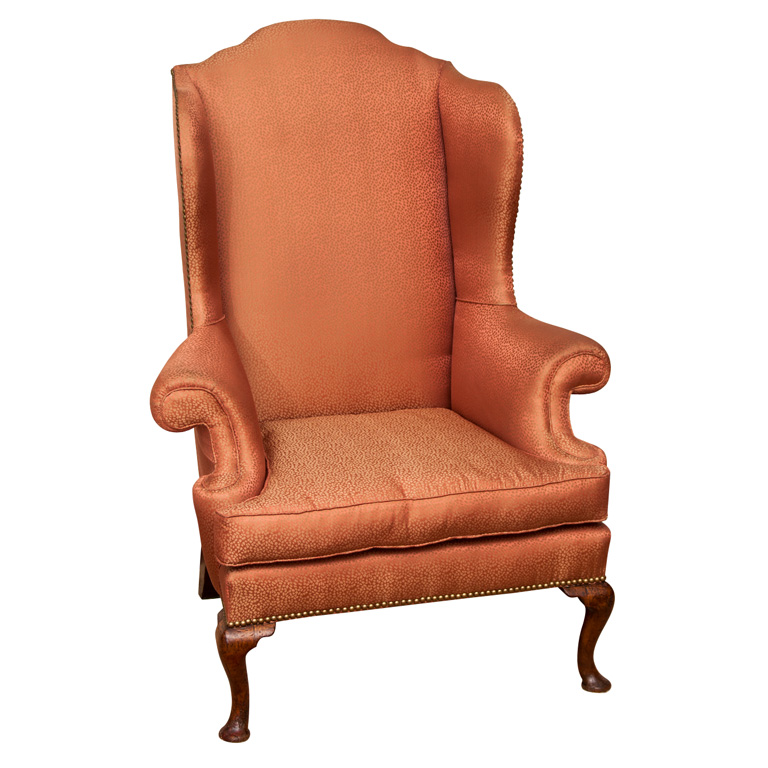
One of the most famous furniture items invented during the Queen Anne period was a wing chair: a fully upholstered chair with a high back and soft armrests. The idea of a wing chair was to protect its user from drafts.
7) Popular furniture item: a drop-leaf table
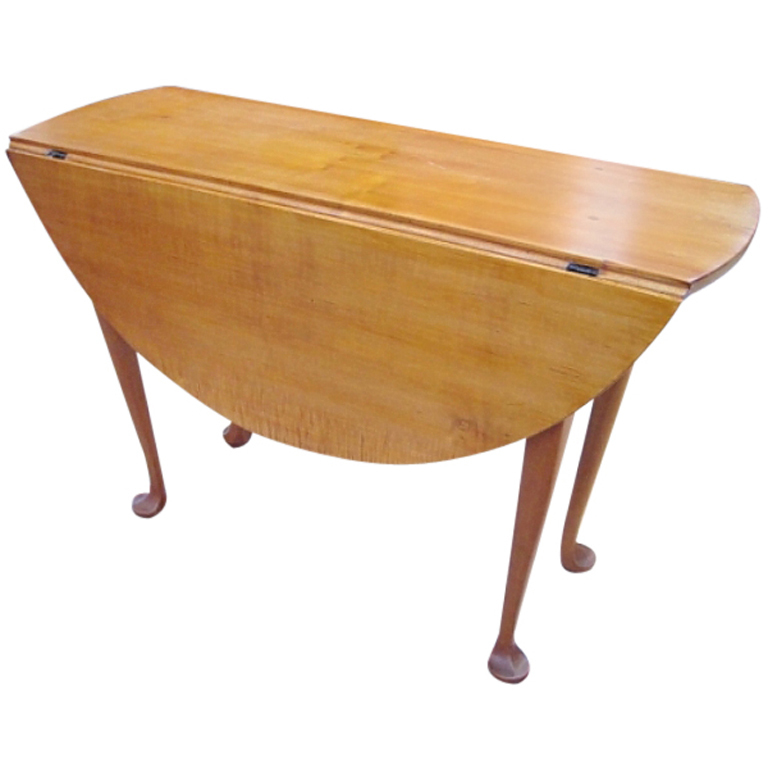
A drop-leaf table made from various woods consisted of a fixed center part and two side parts which can be folded down.
8) Furniture Innovations: card and tea tables
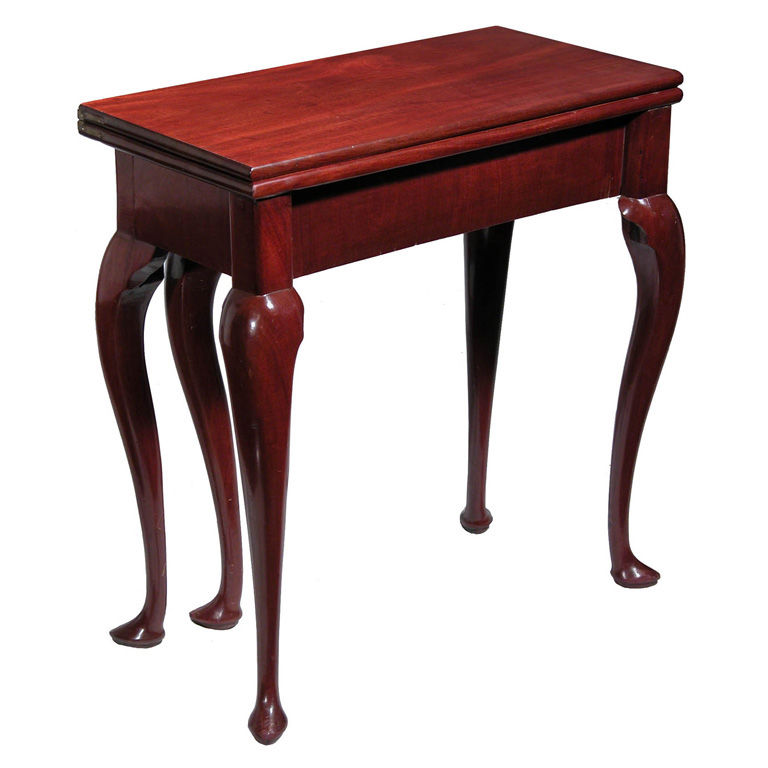
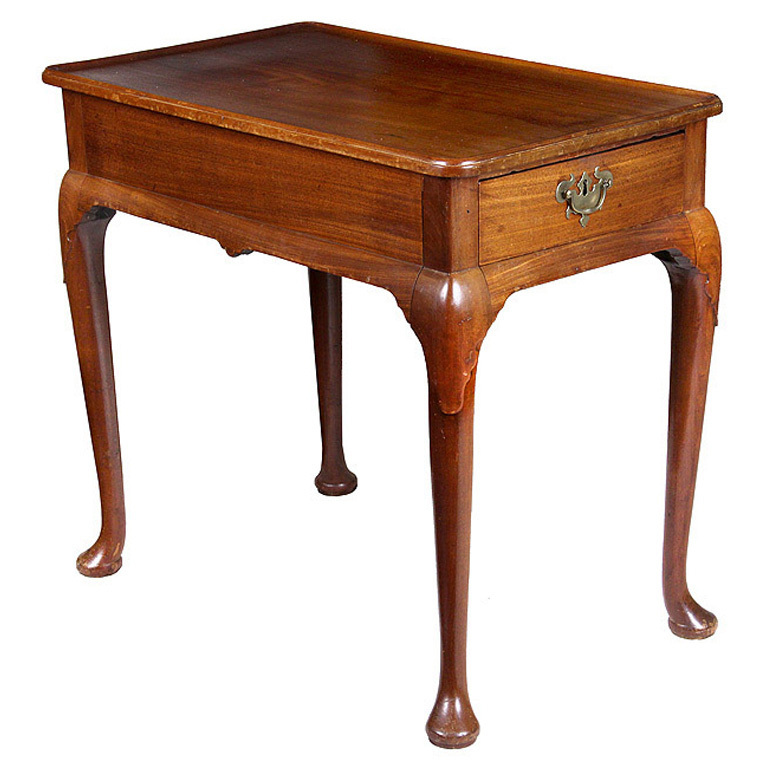
Card games and tea parties were the most popular amusements during Queen Anne’s time which resulted in creating new types of leisure furniture.
Want to learn more about various interior styles? Check my “HISTORY OF STYLES” book:
[ebook_store ebook_id=”15760″]

